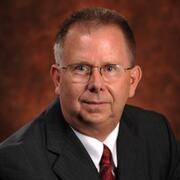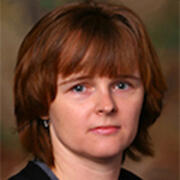Have questions about this report? Ask the author(s).
Examines the extent of healthcare worker shortages in Arizona, calculates the economic impact of eliminating worker shortages, and estimates the direct medical costs and productivity losses of ill health.

Dr. Evans has a B.A. in Philosophy from Kings College London (England), an M.A. in Sociology of Sport from the University of Leicester (England), and a Marketing Ph.D. from the University of Sheffield (England). He joined the Seidman Research Institute in May 2010. Prior to that, he held a number of senior U.K. and European marketing roles in the private sector.

Dennis received a B.A. in economics and mathematics from Grand Valley State University, a M.S. in economics from Michigan State University, and a Ph.D. in economics from Michigan State University in 1978. He has served on the faculty of the Department of Economics at ASU since 1979, as director of ASU’s L. William Seidman Research Institute (2004-24), and as the director of the Office of the University Economist since 2005.

Eva received her B.S. in finance from Babes-Bolyai University in Romania, a M.S. in business management from Politehnica University in Romania, and a M.A. in economics from Western Michigan University in 2000. She worked as a research analyst at the W. E. Upjohn Institute in Kalamazoo, Michigan prior to joining ASU’s L. William Seidman Research Institute in 2007.

After receiving his Bachelor of Business Administration from the University of Toledo, Tom earned his Master of Business Administration from Arizona State University in 1976. After working in the private sector, he joined ASU in 1980, working for the predecessor of the L. William Seidman Research Institute. Since 2005, he has served as manager of research initiatives in the Office of the University Economist.

Summary table of ASU's economic impact in FY2025

An update to the December 2023 paper that presented data through 2023, estimates are presented of the number of ASU graduates working in Arizona, as well as their average wage, aggregate wages, and tax payments. Estimates are made for each year from 2012 through 2024.

This infographic estimates the total (direct, indirect and induced) economic impacts of the infusion of new dollars associated with Sun Devil Football regular season home games in 2024-25 season the…